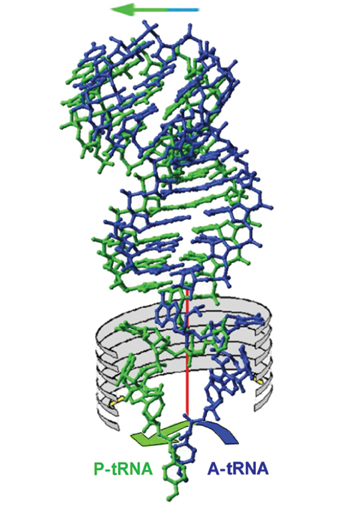The new information may have important applications in the field of medicine and industry

The electronic properties of DNA are essential to research areas such as biotechnology and nanotechnology. Among other things, they are important in the study of ultraviolet radiation damage to DNA, which can cause the production of free radicals and genetic mutations. In these cases, DNA repair occurs spontaneously by transferring an electronic charge in the DNA helix, which restores the damaged molecular bonds.
In the field of bio-nanoelectronics, which deals, among other things, with the advanced research of biological molecules and the production of wires and electrical devices and electronic nanocircuits, DNA or its derivatives may be able to be used as connections in molecular computational networks. Such connections can be smaller and more efficient than those currently produced using silicon technology.
According to the researchers, the knowledge gained about the electronic structure of DNA in this study can also be used by scientists to find more sophisticated, reliable, cheaper and faster ways to decipher the sequence of human DNA.
The research, published in the prestigious journal "Nature Materials", is the result of an international academic collaboration: it was conducted by Erez Shapir under the guidance and coordination of Dr. Danny Porat from the Department of Physical Chemistry and the Center for Nanoscience and Nanotechnology at the Hebrew University, and took It was also attended by Dr. Rosa di Felice from the s3 center of the INFM CNR in Modena, Italy, Professor Alexander Cotellier from Tel Aviv University, Professor Gianaurelio Coniberti from the University of Regensburg, Germany, and the Center for Supercomputing in Italy.
The researchers were able to measure the electronic structure of DNA and assess the contribution of various components of the double helix to this structure - a feat that many researchers tried to achieve in the past, but technical difficulties prevented them from succeeding until now. The significant achievement was made possible thanks to a collaboration between experimental and theoretical researchers who used STM (scanning tunneling microscope) to measure the current passing across the width of a long and homogeneous DNA molecule placed on a gold substrate at a temperature of minus 195 degrees Celsius. Through theoretical calculations based on solutions to quantum equations and by matching the measurements of the current that passed through the molecule, the electronic structure of the DNA was calculated and the contribution of its various components to the results of the experimental measurement was evaluated.

One response
Amazing. It's like a blind person enters a room he has never been in and there are quite a few objects in the room, then the blind person begins to describe the room using the other senses.